Best Soil For Raised Garden Beds Boosts Growth
Ever shovel plain garden dirt into a raised bed (a garden box built above the ground) and wonder why your tomatoes sulk instead of beam at you?
Your soil mix might be the secret key to those plump, juicy tomatoes you dream about.
I’m a backyard tinker who once watched lettuce languish until I tweaked my soil recipe.
Good soil (decayed organic matter that makes dirt rich) feels like a warm quilt for roots.
If you pile bare dirt into your bed, plants end up shivering instead of stretching.
Oops, I once forgot the compost and my seedlings looked like they caught a cold.
But mix topsoil, compost, and a handful of perlite (tiny white stones that keep dirt airy), and you’ll see a world of difference.
Think of soil like a sponge: moisten it, give it a little squeeze, then fluff it before you plant.
That light, crumbling mix gives roots room to wander.
By the way, my dog always jumps in when I refill a bed.
Back to prepping your soil – start by measuring equal parts topsoil and compost.
Then stir in a cup or two of perlite for each new cubic foot of mix.
And voila! Your tomatoes will beam with health right from the seedling stage all the way to harvest.
Planting now sets you up for a summer full of homegrown yum.
Ideal Soil Composition for Raised Garden Beds
When you’re building a raised garden bed, think of the soil as a cozy bed that cradles your plants’ roots. I’m a big fan of a simple 40/40/20 mix: 40% screened topsoil, 40% compost (decayed organic matter that enriches soil), and 20% coarse sand.
Screened topsoil is just soil that’s run through a fine mesh to pull out big rocks. It makes the earth warm and crumbly so roots can dig deep without getting stuck. And it stops your bed from turning into a muddy puddle after a heavy rain.
Compost brings your next 40% and it’s like nature’s sponge. This dark, crumbly stuff feels almost like cake crumbs – perfect for holding moisture and letting air swirl around tiny helpers – worms and microbes – that break down nutrients. Oops, I once spilled a bucket of compost thinking it was potting mix, but hey, seedlings loved it.
Coarse sand or paver’s grit fills in the last 20%. It’s like adding crunchy bits so water drains away instead of pooling at the bottom. Just make sure it’s clean and free of weed seeds or chemicals.
You can mix a batch in a wheelbarrow or order it in bulk from a landscape supplier. For framing your beds and filling them just right, check how to build a raised garden bed. Good soil is the secret to happy plants and fuller harvests.
Key Soil Components in Raised Garden Beds
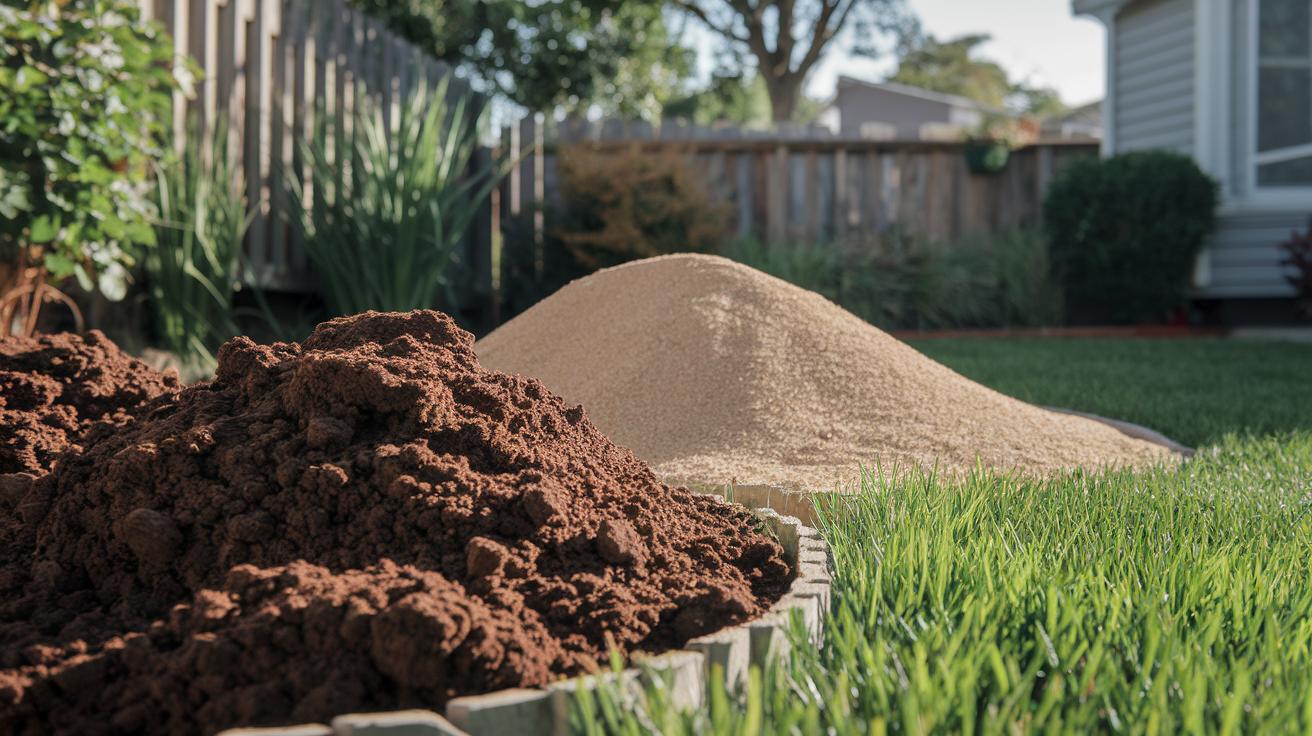
Hey neighbor, ready to mix up some magic for your raised bed? Let’s dig in.
Think of soil like a cake: you need the right layers and a few helpers to make it rise just right.
| Component | Reference |
|---|---|
| Topsoil, Compost & Coarse Sand | Use the 40/40/20 mix from Section 1’s “103 Blend” for base structure, fertility, and drainage. |
The 40/40/20 blend is a simple recipe. Topsoil (good garden dirt) holds your plants up. Compost (decayed organic matter that enriches soil) feeds hungry roots. Coarse sand helps extra water slip away so roots don’t sit in a puddle.
Now let’s add a few amendments to make your soil even happier.
| Amendment | Why It Matters | Sourcing Tips |
|---|---|---|
| Perlite/Vermiculite | Perlite are tiny white rocks that add air pockets. Vermiculite are flaky minerals that hold water without squishing roots. | Grab bags labeled “seed-starting mix” at garden centers or order bulk from landscape suppliers. |
| Coco Coir | Fibers from coconut husks that soak up water like a sponge, a great swap for peat. | Buy compressed bricks online or at hydroponic stores. Just add warm water and watch it expand. |
| Leaf Mold | Dark, crumbly humus made from aged leaves that holds moisture and loosens soil structure. | Collect fallen leaves in a wire bin for 6 to 12 months. Sift out sticks and use the soft bits. |
| Mushroom Compost | Leftover mushroom growing medium full of organic matter and friendly microbes. | Ask local mushroom farms for free or low-cost bags. Just check they haven’t added any chemicals. |
Oops, my pot spilled a bit of that coir while writing. Back to soil talk.
For exact blend ratios, head back to Section 1 and the “103 Blend” recipe.
DIY Soil Mix Recipes for Raised Garden Beds
Need a go-to soil mix? I’m talking about the 40/40/20 blend from Section 1: 40% screened topsoil (loose dirt free of rocks), 40% compost (decayed organic matter that feeds plants), and 20% coarse sand (big grains for good drainage). This combo works for most veggies and flowers! See the amendments table for more on coco coir (peat moss replacement choices), vermiculite (mineral that holds water and air), and other goodies.
Mel’s Square Foot Mix
• 1/3 coco coir (fibrous coconut husk fiber used instead of peat moss)
• 1/3 vermiculite (mineral that holds water and air)
• 1/3 coarse compost (chunky decomposed organic matter)
I grabbed my old yogurt cup as a scoop next to my morning latte. Three scoops coir, then matched that for vermiculite and compost. Stir until the color looks the same all around. It feels nice and soft in your hands.
Lasagna Raised Bed Mix
• 2 parts homemade compost (kitchen scraps turned rich soil)
• 1 part shredded leaves or straw (brown carbon source)
• 1 part well-aged manure (nitrogen boost – soft plant food, see amendments table)
Stack each layer like a veggie sandwich. Let it settle for a few days before planting. I piled leaves, then compost, then manure, repeating until my bed was about three feet tall. It smelled so earthy, like I was building a giant veggie cake!
Try each recipe on a small scale first. Mix a few gallons in a bucket and plant some seedlings. You’ll feel the warm earth crumbling between your fingers. Watch how each blend treats your roots like a cozy nest, right?
Adjusting and Amending Raised Bed Soil
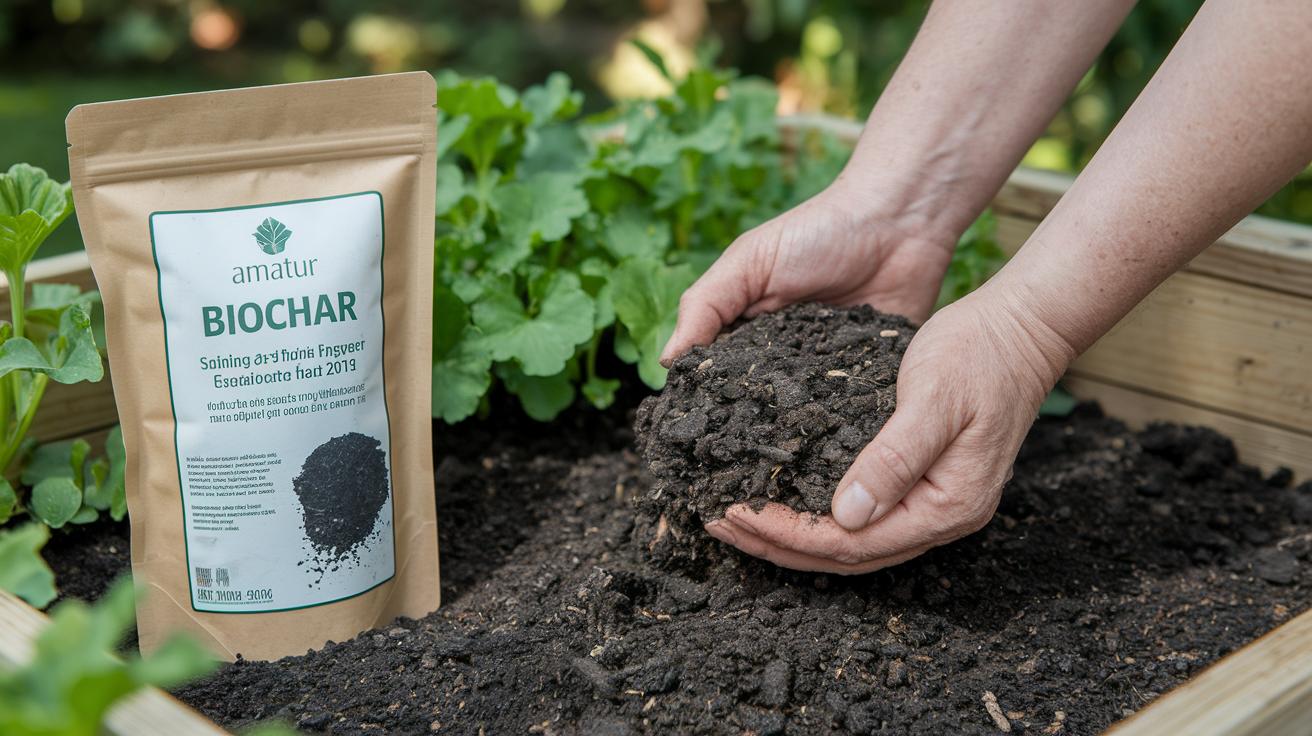
Have you ever tested your soil? I do it once a year to keep nutrients flowing and roots smiling.
Grab a basic pH kit (measures acidity) and dig out a handful of soil. Feel it crumble. If it reads below 6.0, sprinkle in dolomite lime to raise the level. If it jumps above 7.5, work in elemental sulfur to bring it down.
If your raised bed dries out too fast or turns into a swamp after rain, it might need a little moisture help. On hot afternoons when the soil cracks like dried mud, stir in vermiculite (light, sponge-like mineral) or coconut coir (coconut husk fibers). They hold onto just enough water so plants drink slowly, not soak.
Feeding time? Slow-release fertilizers keep growth steady all season. Bone meal (ground animal bones) gives plants phosphorus for big blooms and juicy fruit. Blood meal (dried animal blood) delivers nitrogen to darken leaves.
Rock phosphate (ground rock) adds minerals bit by bit. Skip manure unless you’re sure it’s raw and from animals free of treated feed.
And don’t forget the tiny helpers underground. Mix in worm castings (worm poop full of friendly bacteria) to 5–10% of your soil blend. Those little bits pack a punch, boosting nutrient cycling.
By the way, my cat loves napping in the warmed bed. You can also add biochar (charred wood chunks) for extra water retention and air pockets.
Back to planting. You’re all set!
Testing and Maintaining Raised Garden Bed Soil
I do soil testing for raised beds each spring using a simple kit to check pH and nutrients. If levels dip below 6.0 or climb above 7.5, add lime or sulfur.
If roots seem cramped or plants wilt despite compost top-ups, strip out the top 6" and swap in fresh 40/40/20 mix.
Seasonal soil top-ups keep beds lively. Spread a 2" layer of compost in early spring and again in late summer. Gently fold it in with a rake, no tilling, so helpful fungi and bacteria stay put.
A no-till bed soil strategy saves work and protects microbes. Chop spent stalks at the base and leave roots to break down. They feed earthworms and enrich the soil.
Cover crop soil rejuvenation shines during the off-season. Plant clover or vetch, then cut them before they bloom. Work the cuttings into the top layer for extra organic matter.
Crop rotation raised beds also keeps pests away and balances nutrients. Rotate plant families, peas after root crops, tomatoes after lettuce, to keep each season fresh.
Keep a calendar for soil testing for raised beds and seasonal soil top-ups, and stick to it.
Regional Considerations and Cost Tips for Raised Bed Soil
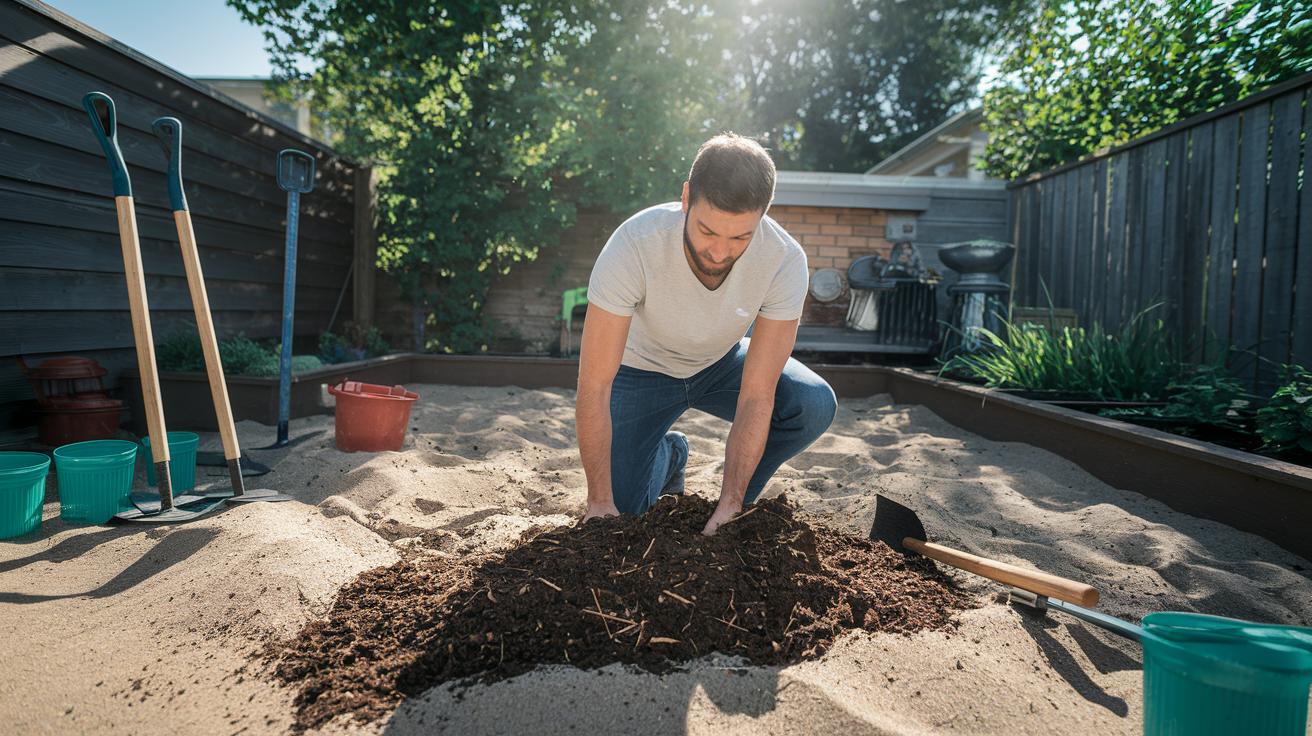
If your soil is clay-heavy, it can feel like a brick under your shovel. Loosen that heavy earth by mixing in gypsum (soft rock that helps break up clay) and coarse sand (big grains that add air pockets). You’ll feel the soil crumbling in your hands. And your plants will love those air pockets for their roots.
If your dirt is more like beach sand, water just rushes right through. Stir in compost (decayed organic matter that feeds soil), a handful of vermiculite (tiny sponge-like flakes that hold water), or coconut coir (fibers from coconut husks that lock in moisture). This way your raised bed won’t gulp water and send it away.
For a 4×8×1 foot bed (about 32 cubic feet), you’ll need roughly 1.2 cubic yards of mix. Bulk soil runs about $30 per yard and compost is around $20 per yard. So filling your bed in bulk costs close to $60, much cheaper than buying bags.
Check landscape suppliers for bulk deals or your city’s compost program for free or low-cost compost. Skip peat moss, it’s pricey and dries out fast. Instead, add leaf mold (old leaves that break down), biochar (charcoal for soil), or worm castings (worm poop full of nutrients). These local, natural boosts keep costs down and help your raised bed grow strong.
Final Words
In the action of blending your own 103 blend, 40% topsoil, 40% compost, 20% sand, you’ve got that dark, loamy mix ready for planting. You also broke down key ingredients and snagged three DIY recipes to suit every garden style.
Next, you learned simple tweaks: pH tests, compost top-ups, worm castings, and no-till care. And you saw how to match your soil to clay or sand regions without draining your wallet.
Now your path is clear. Go build the best soil for raised garden beds and enjoy the harvest ahead.
FAQ
What is the best soil mix for raised beds?
The best soil mix for raised beds is a “103 blend” of 40% screened topsoil, 40% mature compost (decayed organic matter), and 20% coarse sand for structure and drainage.
What material is best to fill raised garden beds with?
The best material for filling raised beds is a loamy soil mix made of screened topsoil, mature compost, and coarse sand to create crumbly, moisture-holding soil that still drains well.
Is potting mix or garden soil better for raised beds?
Garden soil is better for raised beds because potting mix can hold too much water and lacks structure; a balanced soil and compost blend reduces waterlogging while feeding plant roots.
What vegetables should not be grown in a raised bed?
Vegetables that need very deep soil, like parsnips or certain root crops, and sprawling vines like pumpkins may not suit standard raised beds unless you build them at least 18 inches deep.
Where can I find bulk or bagged soil for raised beds near me?
Bulk or bagged soil for raised beds is often available at local garden centers, landscape suppliers, and municipal compost sites; search online for “bulk garden soil near me” to compare pickup prices.
What is the best bagged soil for vegetable and flower beds?
The best bagged soil for vegetable and flower beds is a loamy mix labeled for edibles or blooms, free of weed seeds, with added compost and perlite for nutrients and drainage.

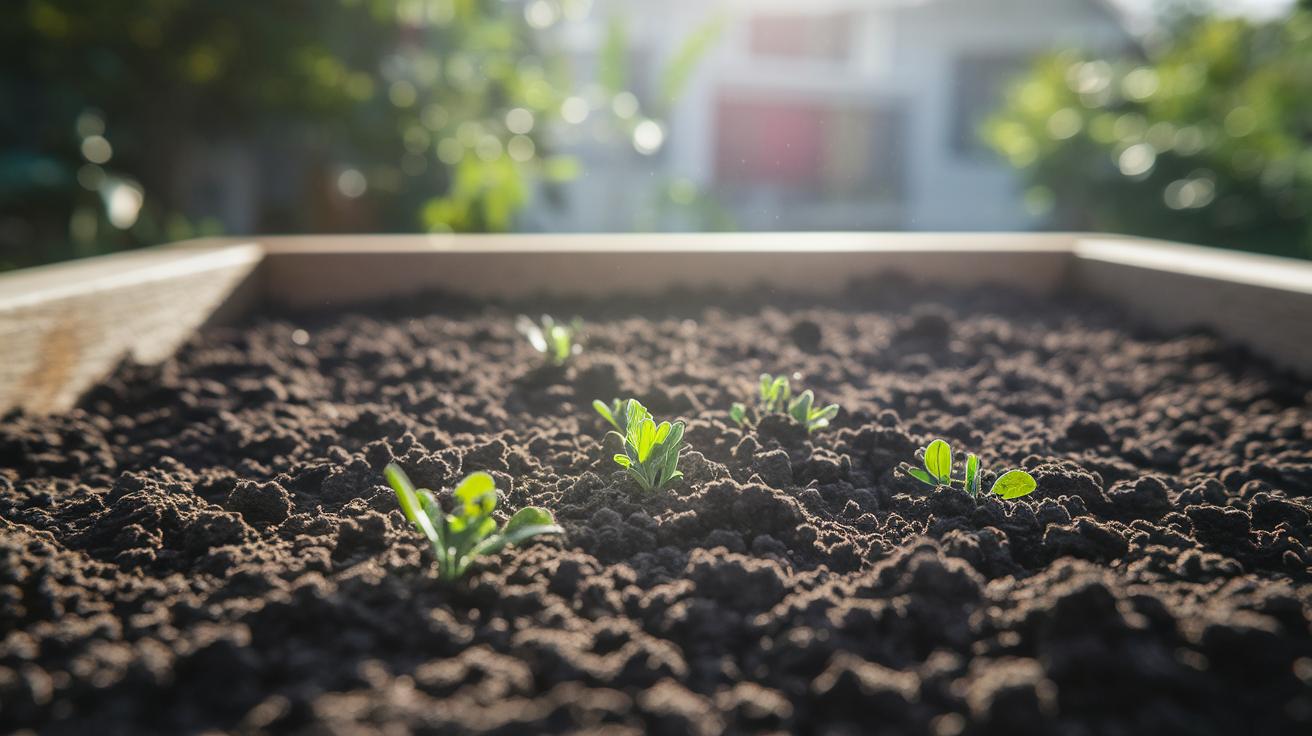
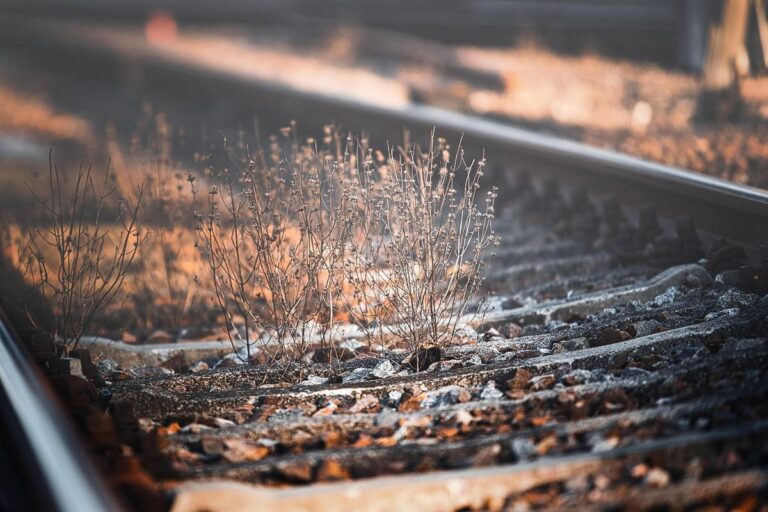

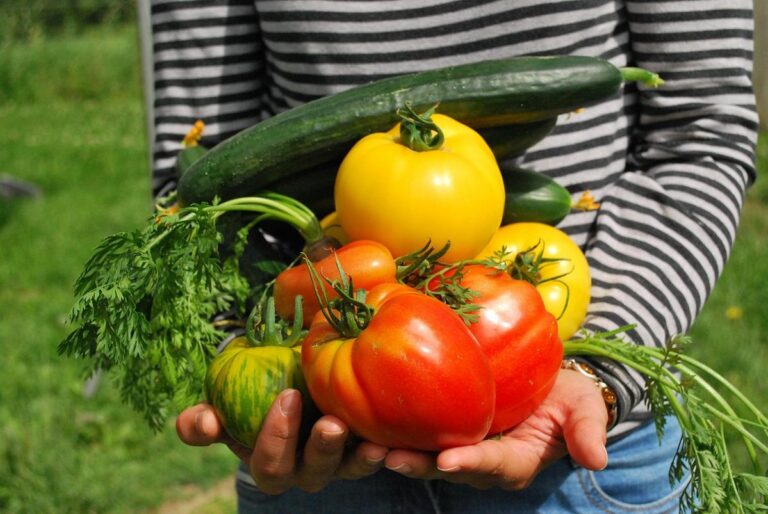
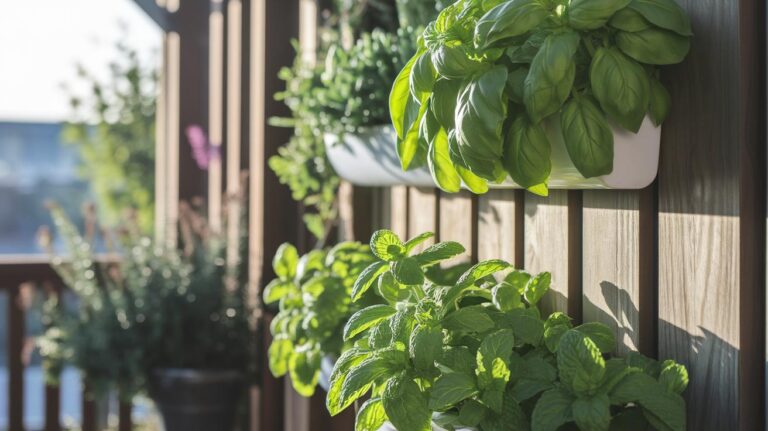

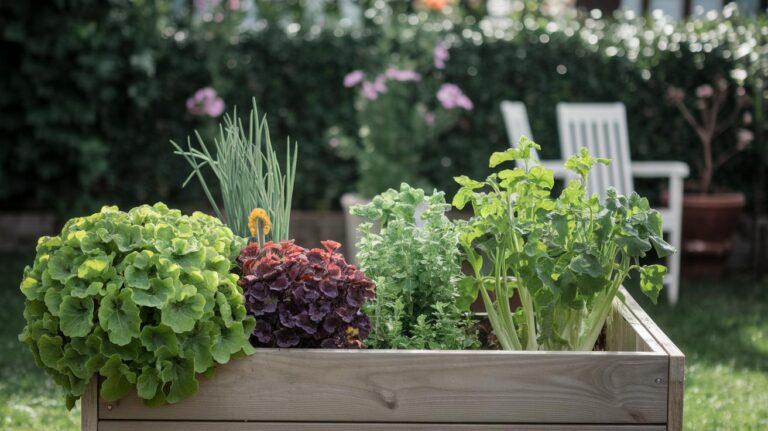
2 Comments